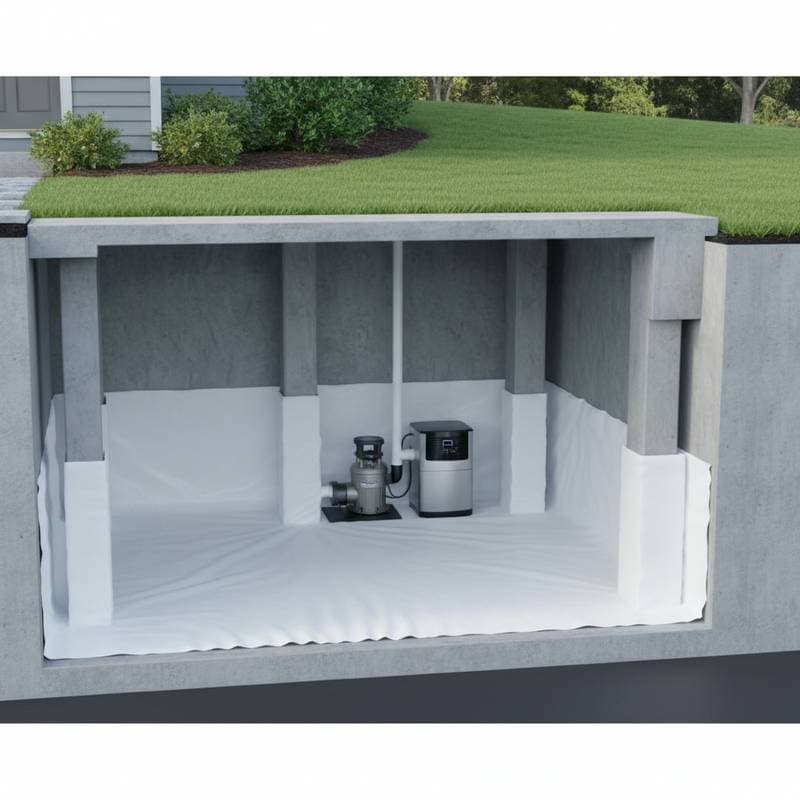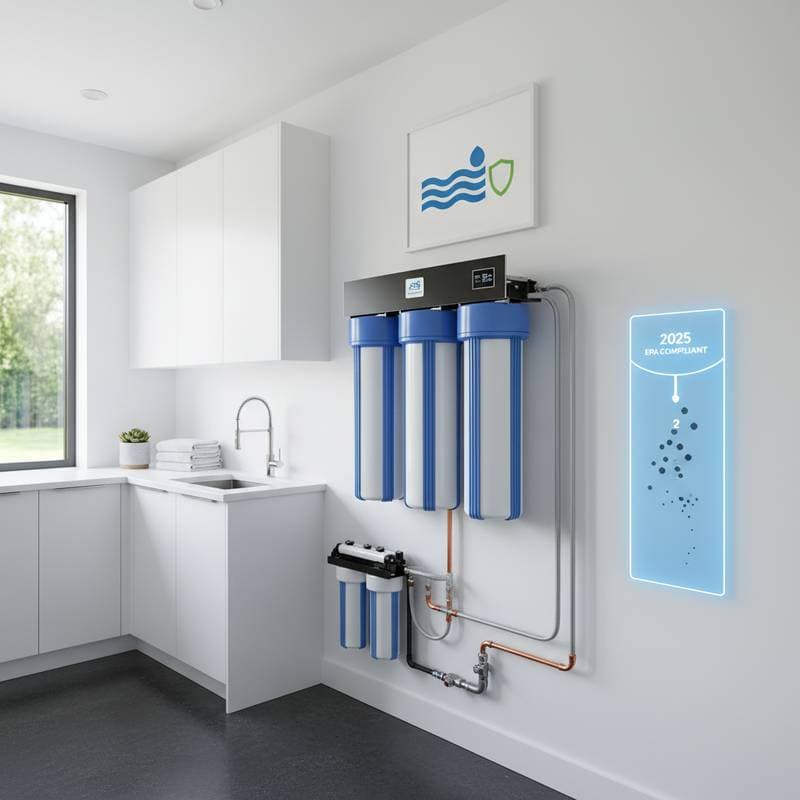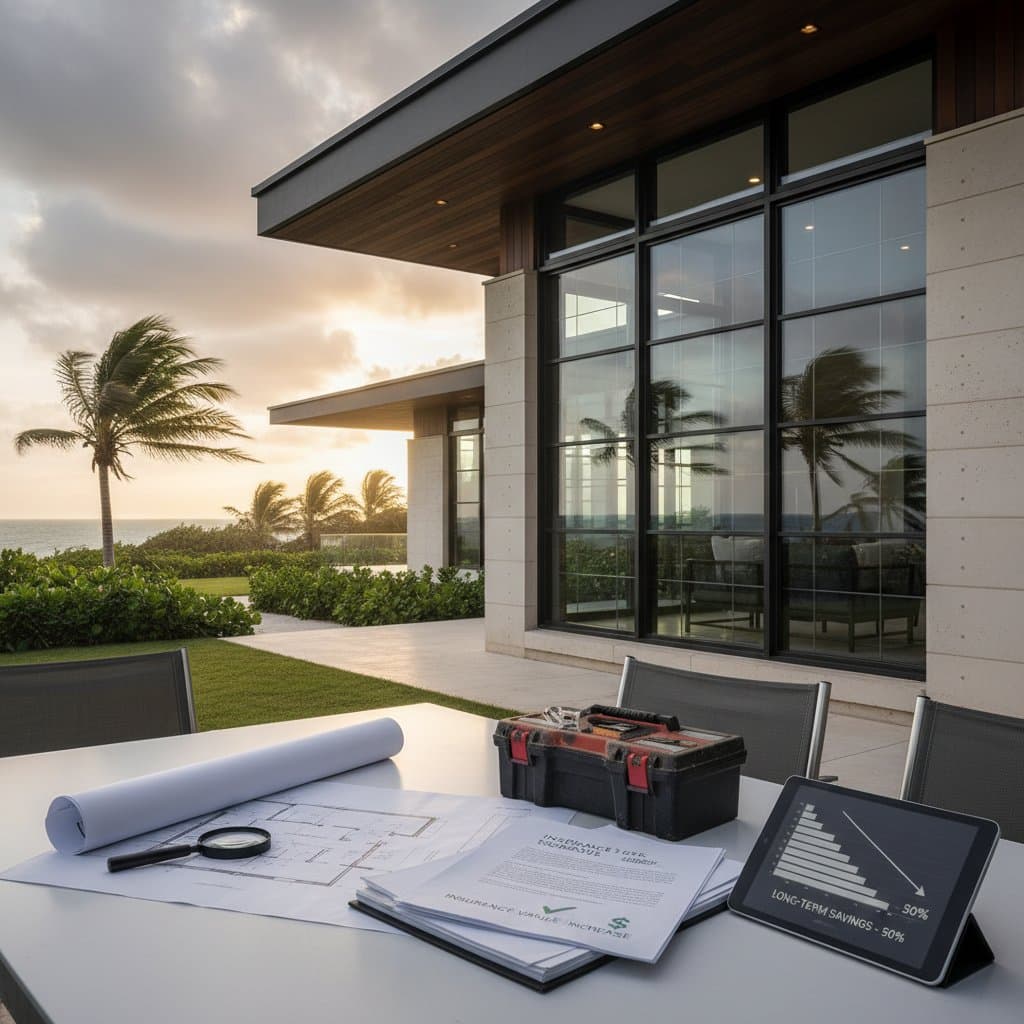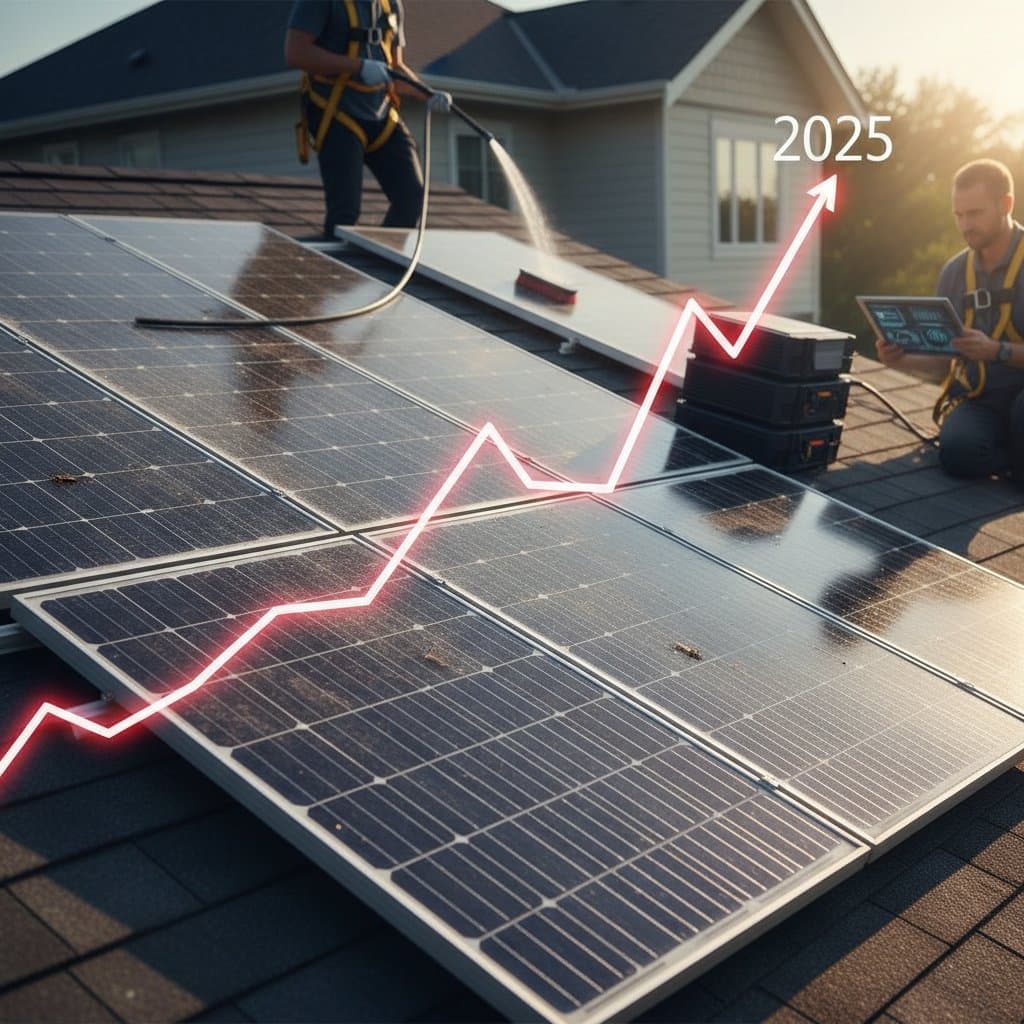
Cost Guides
View All →Solar and Battery Backup: $18K to $58K Total Cost
ADU Costs Jump 35% to $275K Average in 2025
Granny Pods Cost $55K-$180K: What Affects Your Price
Hidden Fees That Inflate Your Solar Panel Costs
LVP Flooring Now $4.50 Per Foot After 25% Drop
Multigenerational Home Renovation Costs in 2025
Home Guides
View All →Pre-Listing Repairs That Actually Boost Sale Value
AI HVAC Systems Cost $6,500-$18,000 Installed
Prevent Crawl Space Water Before Foundation Damage Starts
Why Families Are Sharing Homes to Cut Housing Costs
Home Water Filtration Systems Cost $900-$4,200 in 2025
Home Office Permits Cost $500-$6,000 in 2025
Recent Articles
Hurricane Windows Cost $12K But Save 50% Long-Term
Homeowners in hurricane-prone areas must weigh the costs of protection against long-term benefits. This guide details pricing structures, material options, and the differences between professional and DIY installations. Learn how certified work enhances protection, secures insurance savings, and boosts property value through compliant, durable impact windows.
Hidden Fees That Inflate Your Solar Panel Costs
Solar energy delivers long-term savings and environmental benefits, yet concealed costs within initial quotes can diminish those advantages. Elements such as limited warranties, ongoing maintenance charges, and necessary structural upgrades transform apparent bargains into substantial financial burdens.
Why Air Quality Coverage Now Matters Most in Warranties
As 2025 approaches, air quality coverage transforms home warranties. Homeowners increasingly prioritize safeguards for air filters, purifiers, and ventilation to address rising indoor time demands. These upgrades enhance well-being, system durability, and home equity at an annual cost of $450 to $900. Discover why this protection now equals or surpasses standard mechanical coverage.
LVP Flooring Now $4.50 Per Foot After 25% Drop
A 25% decrease in luxury vinyl plank flooring prices to $4.50 per square foot installed redefines 2025 home upgrades. Homeowners gain opportunities to refresh spaces cost-effectively. This guide details cost influences, DIY techniques, savings tactics, and maintenance for enduring results and enhanced property appeal.
AI HVAC Systems Cost $6,500-$18,000 Installed
AI HVAC systems integrate intelligent automation for optimal comfort and efficiency, with installation costs ranging from $6,500 to $18,000. Homeowners typically invest around $11,200 in a full smart heating and cooling solution. These systems reduce energy use by up to 25 percent and ensure warranty compliance through expert installation.
Multigenerational Home Renovation Costs in 2025
Uncover the true expenses of adapting your home for multigenerational living in 2025. This comprehensive guide details cost breakdowns, essential design elements, permitting processes, timelines, and choices between DIY and professional help to foster privacy, comfort, and lasting value.
What Your Solar Warranty Actually Pays For
Your 2025 solar warranty provides essential protection against defects and performance issues, yet it excludes routine maintenance. This guide details coverage types, potential exclusions, and strategies for upkeep to ensure optimal system longevity and savings.
Impact Windows Cut Storm Prep and Insurance Costs
Impact windows deliver essential defense against hurricanes and debris, while enhancing energy savings, security, and market appeal. Despite the initial investment, they yield impressive returns via reduced insurance rates and eliminated storm preparations. Discover installation best practices, maintenance tips, and compliance strategies for enduring performance and tranquility.
Granny Flat ADUs Cost $180K-$350K in 2025
Understand the true expenses involved in constructing a granny flat ADU in 2025. This comprehensive guide details costs from initial design to final finishes, examines how elements like location and size impact budgets, and provides practical advice to optimize spending and achieve long-term value.
Home Warranties Cover Solar Inverters, Not Panels
In 2025, home warranties often include solar inverters and related wiring, yet exclude the panels themselves. Grasping the distinctions between home warranties, manufacturer protections, and homeowner insurance enables homeowners to sidestep unexpected expenses. This guide details coverage specifics, average costs, upkeep strategies, and professional intervention points to safeguard solar setups.
Laundry Remodels Return Up to 75% at Resale
Elevate your laundry room with targeted 2025 upgrades that deliver up to 75% resale return. This guide covers efficient layouts, energy-saving appliances, smart technology, and practical storage solutions, including costs, timelines, and strategies for DIY or professional execution to maximize comfort, safety, and market appeal.
Hidden Solar Maintenance Costs That Drain Your Savings
While solar panels deliver impressive bill reductions, 2025's escalating maintenance demands often catch owners off guard. From routine cleanings to costly inverter swaps, proactive care upholds efficiency and warranty protections.




















